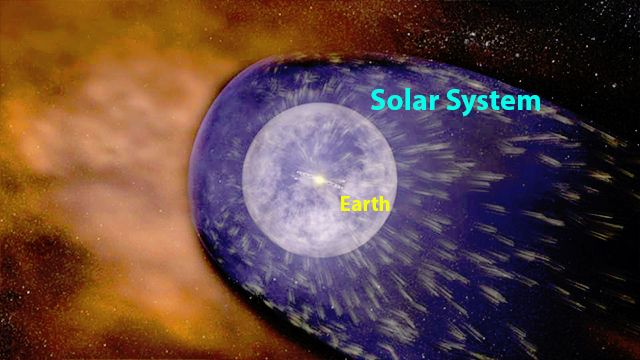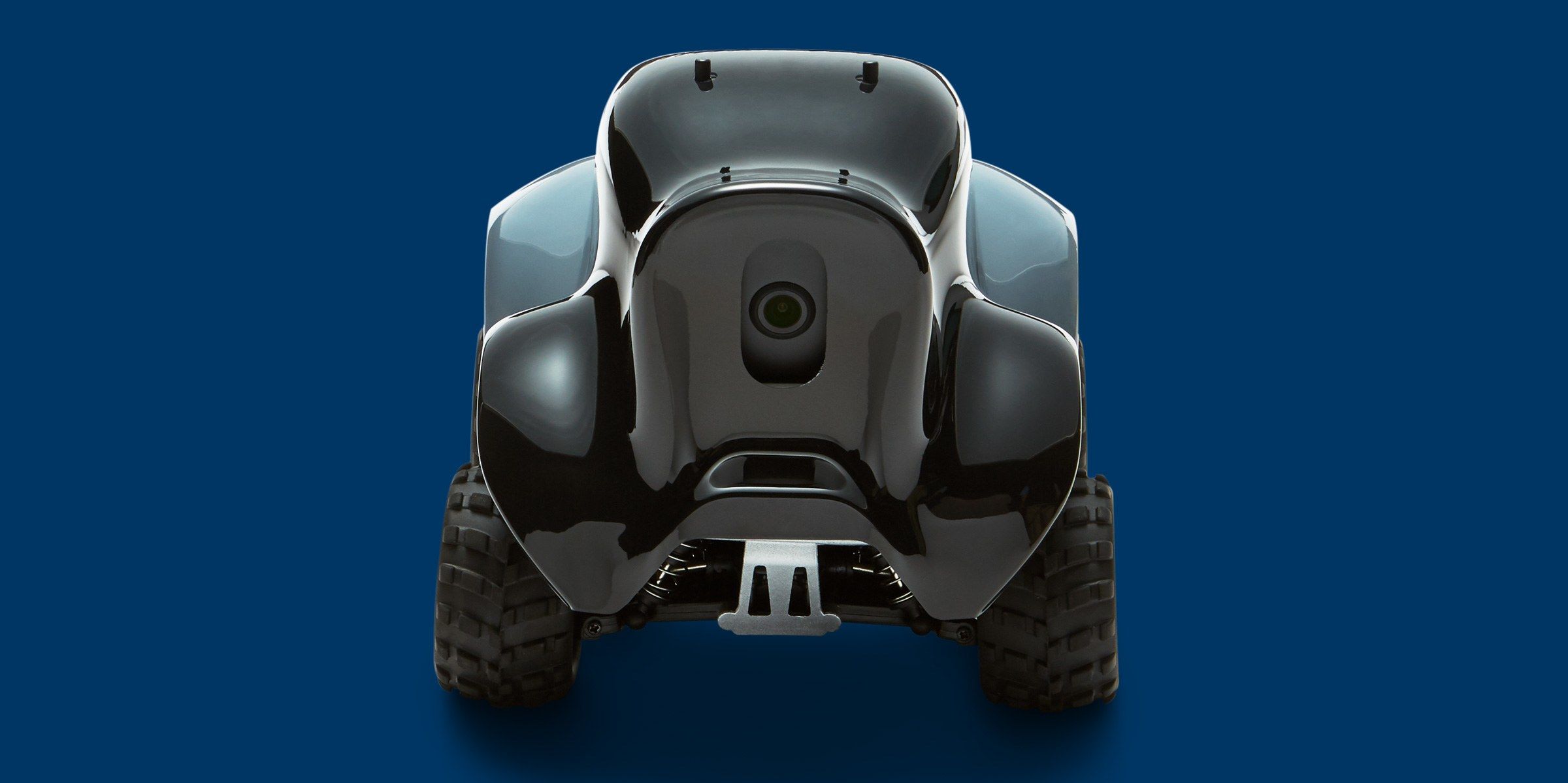Black holes are great at sucking up matter. So great, in fact, that not even light can escape their grasp (hence the name).
But given their talent for consumption, why don’t black holes just keep expanding and expanding and simply swallow the Universe? Now, one of the world’s top physicists has come up with a new explanation.
Conveniently, the idea could also unite the two biggest theories in all of physics.







